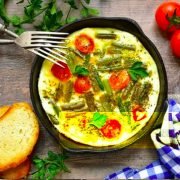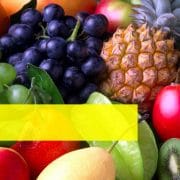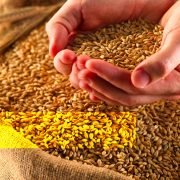Power in Affirmations and Positive Thinking
 We are often not aware that our mind can be trained to think positively, and positive affirmations are a great tool for re-training your own thought processes. Research is showing that positive affirmations do in fact rewire the brain.
We are often not aware that our mind can be trained to think positively, and positive affirmations are a great tool for re-training your own thought processes. Research is showing that positive affirmations do in fact rewire the brain.
While we are busy complaining about different things in our lives, like our jobs, our bank accounts, our mother-in-law, we are actually training our brains to be negative and see fault. By making positive affirmations a daily ritual, we can correct that negative mindset to realise we have the ability and can take pride in ourselves rather than feel discontent.
Examples of some positive affirmations:
- I am worthy
- I am open
- I am a loyal friend
- I am a hard worker
- I am fit and healthy
Choose affirmations that you think will help create a positive mindset and set you on a path to succeed in your goals. You could write them on your bathroom mirror with a whiteboard marker, or on cards and post them somewhere you can see them every day.




 Including loads of vegetables in your diet is so important for your health. Vegetables are incredibly rich in nutrients and antioxidants, which boost your health and help fight off disease. Additionally, they are good for weight control as they have a low-calorie content. Getting the required several serves of vegetables can be hard for some people.Some simply don’t like them while others are unsure how to prepare them so they taste good.Here are some unique ways you can incorporate vegetables into your diet so that you never get sick of eating them.
Including loads of vegetables in your diet is so important for your health. Vegetables are incredibly rich in nutrients and antioxidants, which boost your health and help fight off disease. Additionally, they are good for weight control as they have a low-calorie content. Getting the required several serves of vegetables can be hard for some people.Some simply don’t like them while others are unsure how to prepare them so they taste good.Here are some unique ways you can incorporate vegetables into your diet so that you never get sick of eating them.

 The benefits of olive oil
The benefits of olive oil
 The Benefits of Micronutrients
The Benefits of Micronutrients
 The marketing of antioxidant supplements
The marketing of antioxidant supplements
 In my last post, I wrote about the fact that the marketing and hype around taking
In my last post, I wrote about the fact that the marketing and hype around taking 

